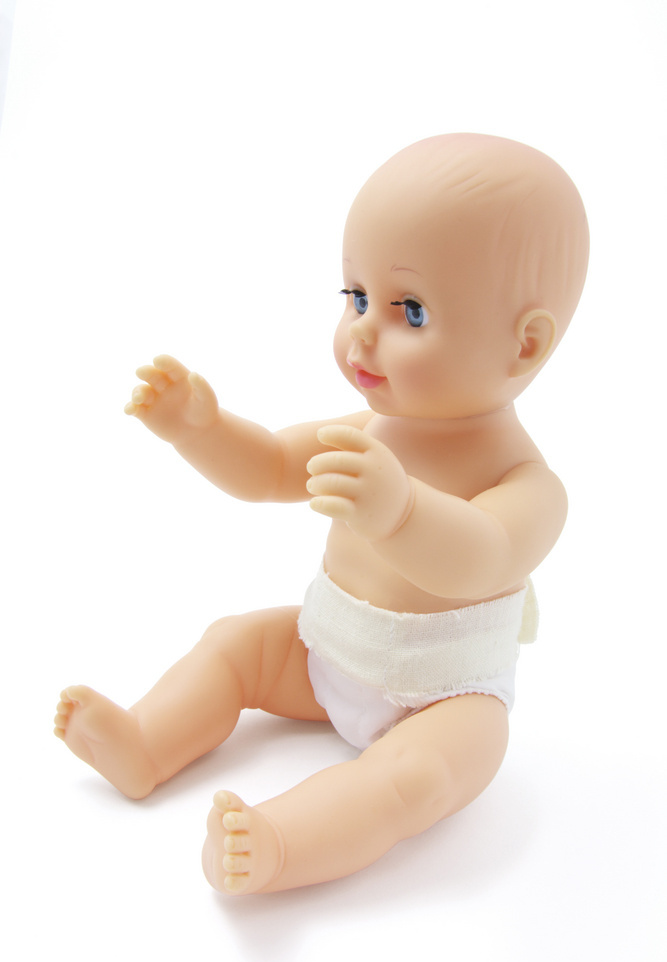The lifelike dolls are meant to teach teenage girls what it’s like to raise an infant, warts and all. As part of high school sex-ed programs around the world, teachers give infant simulators to their female students, who care for the robots over the course of a few days.
The babies, which can run about a thousand dollars apiece, are programmed to cry, scream and sleep. Computers tucked within the dolls register when the babies are changed, burped, fed – or when, in the instances everything goes drastically wrong – they “die.”
“We’ve had midnight telephone calls from parents saying: ‘Please tell me how to turn it off, my daughter’s going crazy,’ ” as Janette Collins, a London-based youth counselor said to the Financial Times last October. “It’s the very few girls who score really well that you have to look out for. In my experience they’re the ones who go off and get pregnant for real – you’ve accidentally taught them they can cope.”
Collins might have been on to something. In fact, according to a study published Thursday in the journal Lancet, putting a robot baby in the hands of a 13- to 15-year-old Australian teen seemed to backfire.
Girls who participated in the virtual infant parenting, or VIP, program were more likely to become pregnant or have an abortion by their early 20s than those who did not, the authors found.
The Australian VIP program is similar to the Realcare babies – formerly, Baby Think It Over dolls – supplied by the U.S.-based company Realityworks. Researchers in the U.S. had previously criticized the Baby Think It Over dolls, but this marked the first randomized control trial examining the dolls’ efficacy. During the study, 1,267 girls took part in the VIP program, while a comparison group of 1,567 did not.
The trial period represented three years’ worth of robot interventions, from 2003 and 2006, involving 57 schools in Australia. The authors report that 8 percent of the girls who cared for infant dolls had at least one baby by age 20, whereas only 4 percent of the control group did; similarly, 9 percent of the VIP group had at least one abortion, compared with 6 percent of the non-doll group during that time.
It is unclear what about the program failed to stick, though researchers have a few ideas. Robot dolls leave teenage boys – i.e., would-be fathers – out of the equation, as University of Notre Dame, Australia, teen pregnancy expert Julie Quinlivan noted in a companion article at the Lancet. Nor, the clinician noted, is a robot doll an adequate simulator for an actual child.
Copy the Story LinkSend questions/comments to the editors.



Success. Please wait for the page to reload. If the page does not reload within 5 seconds, please refresh the page.
Enter your email and password to access comments.
Hi, to comment on stories you must . This profile is in addition to your subscription and website login.
Already have a commenting profile? .
Invalid username/password.
Please check your email to confirm and complete your registration.
Only subscribers are eligible to post comments. Please subscribe or login first for digital access. Here’s why.
Use the form below to reset your password. When you've submitted your account email, we will send an email with a reset code.